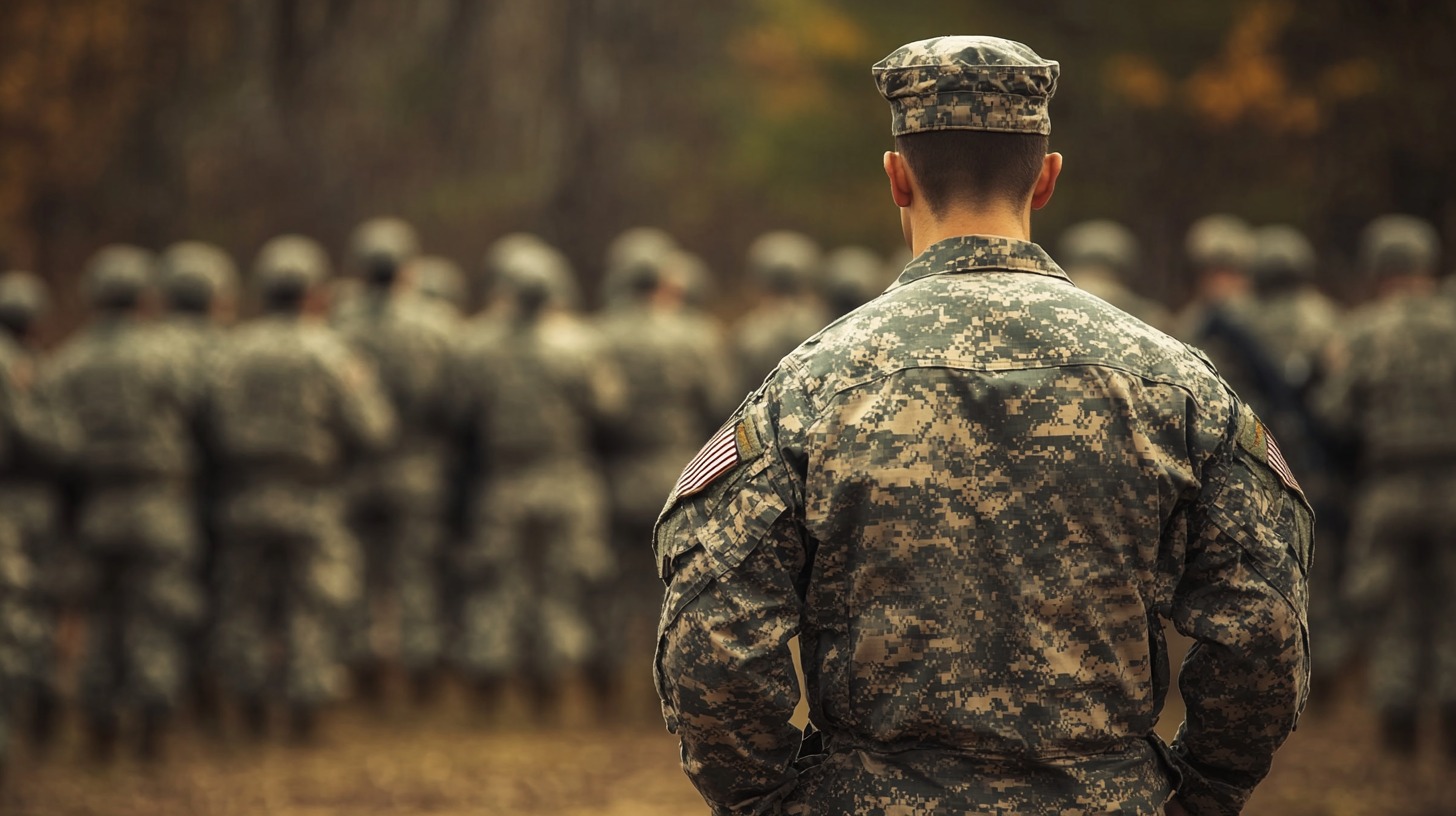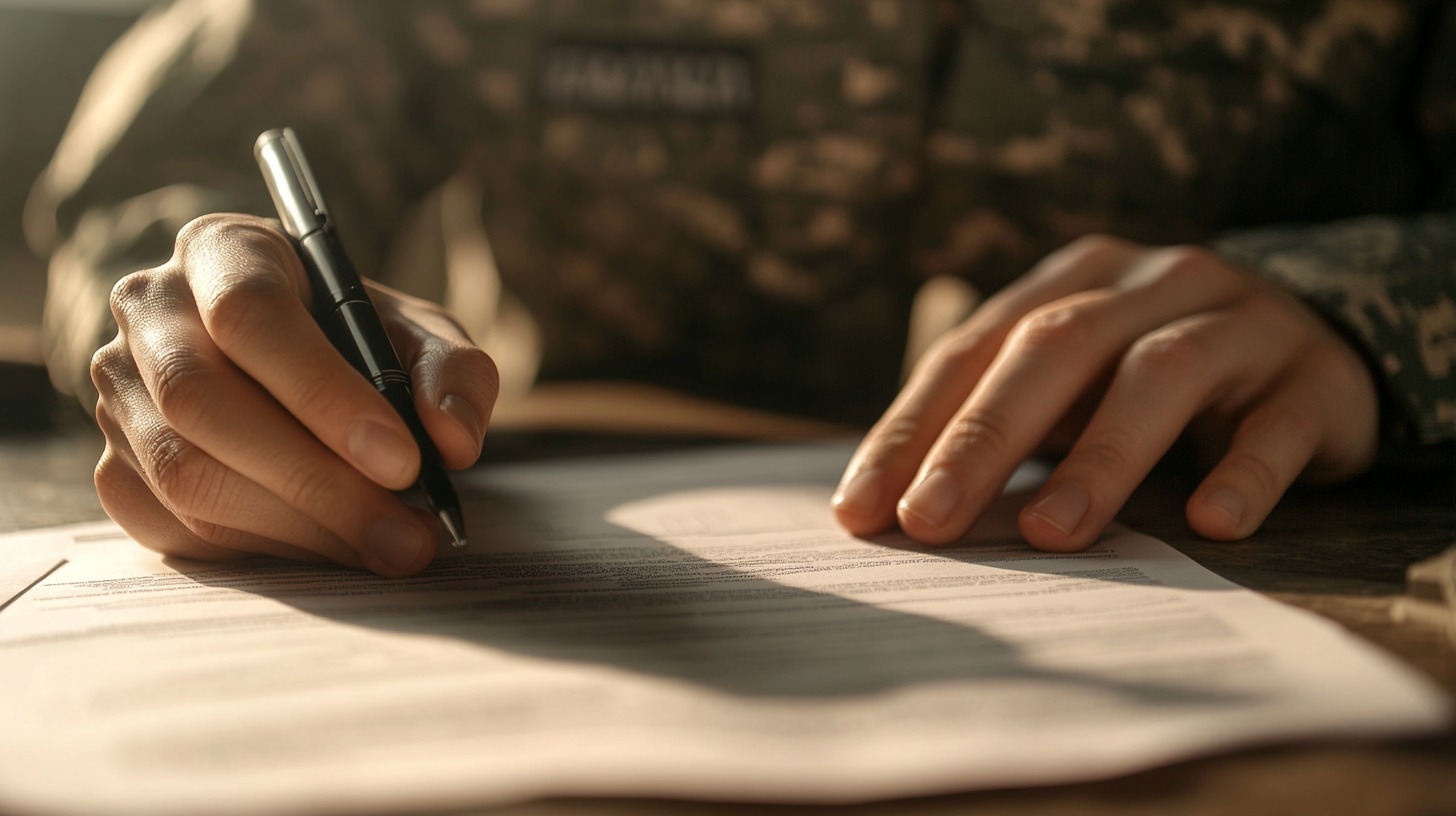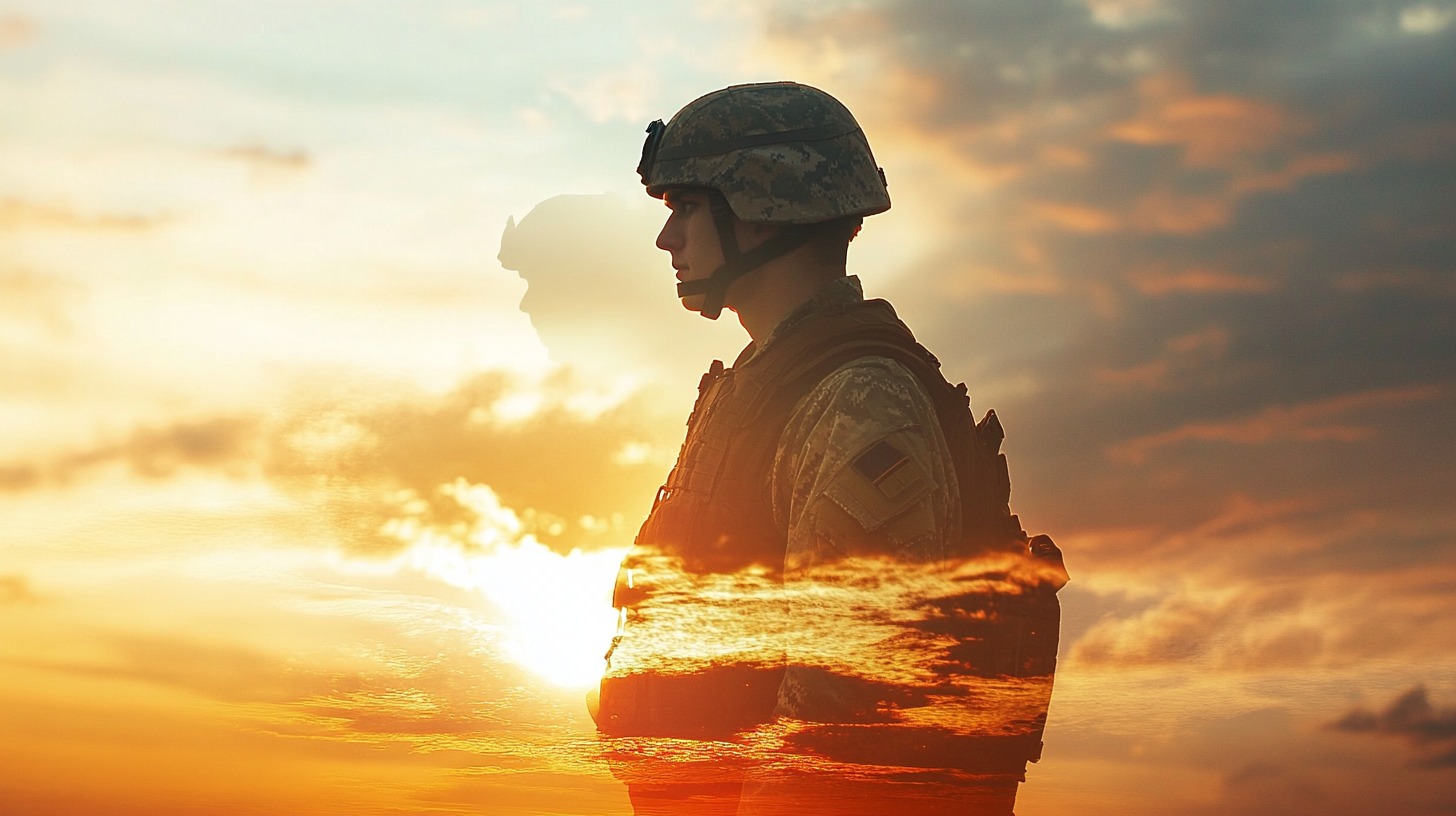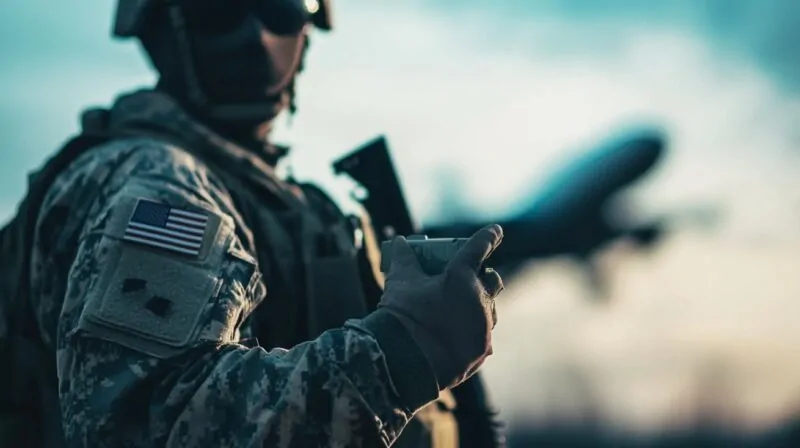Leave policies vary across military and civilian sectors, each designed to serve different:
- Recovery
- Rest
- Administrative purposes
Among the many types available, convalescent leave focuses specifically on health-related recovery.
Often used after surgery, injury, childbirth, or extended illness, individuals can recuperate with official approval and support.
Military personnel and employees in contract-driven environments benefit greatly from knowing how convalescent leave works, what it provides, and how to secure it when needed.
Proper use of such leave promotes both personal well-being and long-term productivity.
Table of Contents
ToggleDefinition of Convalescent Leave
- Illness
- Surgery
- Childbirth
It differs from vacation or personal leave in that its purpose is solely centered on recovery and is often supported by medical documentation.
The definition varies based on the context, military, legal, or contractual.
Military Perspective

In military service, convalescent leave is considered a form of nonchargeable leave, meaning it doesn’t reduce a service member’s accumulated leave balance.
Medical personnel must recommend the leave, and the commanding officer must approve it before it becomes active.
Leave usually starts upon discharge from a military treatment facility, aiming to give the service member sufficient time for physical or psychological recovery before returning to duty.
- Nonchargeable status: Does not deduct from regular leave.
- Medical recommendation required: Initiated only upon healthcare provider’s assessment.
- Command approval is necessary: Final authorization lies with leadership.
- Recovery focus: Meant for healing, not vacation or personal errands.
- Common reasons for use:
- Surgery recovery
- Childbirth or miscarriage
- Mental health treatment
Legal/Institutional Definition
Legal and institutional references define convalescent leave as a temporary, medically supervised release from structured care.
Often used in hospitals and mental health facilities, it allows the patient to leave the facility for a designated period, typically with medical supervision continuing on an outpatient basis.
Institutional rules often regulate the duration and conditions.
- Supervised recovery period: Patient remains under medical observation.
- Short-term nature: Usually limited to 30–90 days.
- Institutional discharge process: Leave may be granted without ending formal treatment entirely.
- Applicable environments:
- Psychiatric hospitals
- Rehabilitation centers
- Public health facilities
Contractual and Employment Context

Within the scope of employment contracts, convalescent leave is shaped by agreed terms between the employer and the employee. Such leave is essential in ensuring workers are not financially penalized during critical health-related absences.
Provisions vary across countries and companies, often dictated by sector norms or legal compliance frameworks.
- Defined eligibility criteria: Often based on medical documentation.
- Leave duration limits: May be short-term or extended, depending on need and policy.
- Convalescence pay: Compensation may vary based on:
- Job seniority
- Collective bargaining outcomes
- Insurance benefits
- Reintegration terms: Rules around return-to-work assessments or alternative duties.
When and Why Convalescent Leave Is Granted
Convalescent leave is not simply time off, it’s a medically driven necessity to safeguard physical and mental recovery after a significant health event.
Both military and civilian systems have procedures and qualifications in place, ensuring that leave is granted in appropriate and justified situations.
Military Use Cases
The Army released its new parental leave policy last week.
The new rules are especially powerful for #ArmyDads who were previously eligible only for three weeks of convalescent leave if they were not the primary caregiver.
Read more ➡️ https://t.co/DirYbHZonY pic.twitter.com/YyFqsccOgj
— U.S. Army (@USArmy) February 23, 2023
Military personnel operate under physically and mentally demanding conditions.
As such, recovery periods following major health incidents are often non-negotiable. Convalescent leave in this context helps preserve readiness while protecting the individual.
Medical teams initiate the recommendation process after evaluating a service member’s condition. Commanding officers, taking operational needs and individual health into account, then authorize the leave period.
- Post-operative recovery following major or moderate surgery
- Childbirth or miscarriage, offering time for physical healing and emotional recovery
- Hospitalization for physical injury, such as fractures or wounds sustained during training or deployment
- Hospitalization for mental health, including conditions like PTSD or severe anxiety
Risk reduction drives the decision to grant leave. Individuals should not resume physical or administrative duties until medically cleared to avoid setbacks or further complications.
The process ensures readiness is restored at the right time without jeopardizing well-being.
Civilian Use Cases
Employees outside the military may also qualify for convalescent leave, depending on contract specifics, national labor laws, or insurance provisions.
In some cases, convalescent leave is explicitly outlined within an employment agreement or collective bargaining framework.
- Recovery after major surgery that requires home rest and follow-up care
- Treatment for chronic or serious illness, such as cancer or infectious disease, requiring prolonged rest
- Mental health recovery, including rehabilitation after burnout, depression, or trauma
- Complications during pregnancy or postpartum recovery outside the scope of standard maternity leave
In civilian workplaces, this form of leave provides more than physical recovery. It helps reduce workplace stress during vulnerable periods, lowers the chance of reinjury, and promotes better long-term employee retention.
Managers and HR professionals often play a role in coordinating medical documentation and ensuring compliance with company policy and applicable laws.
Duration and Entitlements
Convalescent leave is not a one-size-fits-all policy. Its structure depends on who grants it, the severity of the condition, and the institution overseeing the process.
While the military enforces a highly organized and standardized approach, civilian employers navigate more flexible, and sometimes complex, regulations.
Duration and financial support vary, and understanding these variations helps individuals manage expectations during recovery.
Two key factors to examine include how long the leave lasts and what benefits are received during that time.
Standard Duration
Military guidelines provide set timelines for convalescent leave, usually issued in specific increments that align with the medical evaluation process.
A healthcare provider assesses the service member’s condition and recommends an appropriate recovery period, often reviewed by the commanding officer.
- 30 days for minor to moderate injuries or recovery after childbirth.
- 60 days for more serious procedures or complications.
- 90 days for extended recovery needs, including post-operative rehabilitation or mental health stabilization.
Civilians experience a broader range of outcomes. There is often no predetermined length.

Instead, the process depends on coordination between healthcare providers, human resources departments, and insurance guidelines.
Duration may vary based on local labor laws, job protection clauses, or collective agreements.
- Physician’s recommendation based on diagnosis and treatment plan.
- Insurance policy limits tied to short-term disability programs.
- Employer leave policies and internal HR discretion.
- Government-mandated leave allowances under labor codes.
Pay and Benefits
Military service members retain full pay during convalescent leave. Since the leave is nonchargeable, it does not affect accrued vacation time or earned leave balances.
The model ensures that recovery doesn’t impose financial stress or disrupt long-term leave planning.
- Full base pay and allowances.
- Retention of accrued leave balances.
- No deduction from annual leave totals.
Civilian employees encounter more variability. Compensation during convalescent leave is typically shaped by employment contracts, labor laws, and internal company structures.
Workers may be eligible for full or partial pay, depending on a combination of factors.

- Employee seniority and job classification.
- Collective bargaining agreements or labor union protections.
- Employer-sponsored short-term disability insurance.
- Use of accrued sick days or special medical leave programs.
- Statutory benefits outlined in regional labor legislation.
In cases without automatic convalescence pay, employees may need to coordinate with their HR departments to apply for income protection programs or bridge the gap using vacation days.
Timely communication and proper documentation often play a key role in securing available benefits.
Approval and Documentation
Approval and documentation play a central role in accessing convalescent leave. Without proper authorization, both military personnel and civilian employees may face delays, denials, or complications in securing their time off for recovery.
Different sectors follow distinct approval workflows, each requiring attention to detail and coordination with medical professionals and supervising authorities.
Military personnel must obtain both a medical provider’s recommendation and the green light from a commanding officer. Medical staff assess the severity of the condition and determine the appropriate recovery time.
Commanders evaluate how the absence might affect operations, staffing, and unit readiness. No convalescent leave is granted without both elements in place.
- Medical evaluation confirming the necessity for recovery time
- Documented diagnosis or treatment plan issued by a military healthcare provider
- Command approval based on mission readiness and personnel management
- Specified leave dates outlining start and expected end of the convalescent period
- Nonchargeable status confirmation ensuring the leave doesn’t reduce accrued vacation

Civilian employees usually go through an employer-based or insurance-mediated process. While medical professionals play a critical role in certification, employers and HR departments ensure all protocols align with policy or labor law.
- Medical certificates signed by licensed physicians
- Detailed treatment plans indicating post-operative care or rehabilitation needs
- Hospital discharge summaries when applicable
- Insurance forms or disability paperwork for income continuation
- Employer-specific forms required by HR or administrative offices
Contracts or employee handbooks may spell out the exact documentation expected, eliminating confusion and streamlining the process.
Summary
Convalescent leave plays an essential role in helping individuals recover while preserving job security and financial stability.
It supports physical and emotional healing in both military and civilian systems.
Informed decisions about convalescent leave improve recovery outcomes and protect employment relationships during health-related absences.
Related Posts:
- Everything You Need to Know About Military Mental…
- Common Boot Camp Myths - Why You Shouldn't Trust…
- Causes Behind Military Resignations - What Drives…
- Is Ibiza Safe in 2025? What You Need to Know Before You Go
- Can You Join the Army with Scoliosis? What You Need…
- Gunshot Wound Care - What You Need to Know to Save a Life







